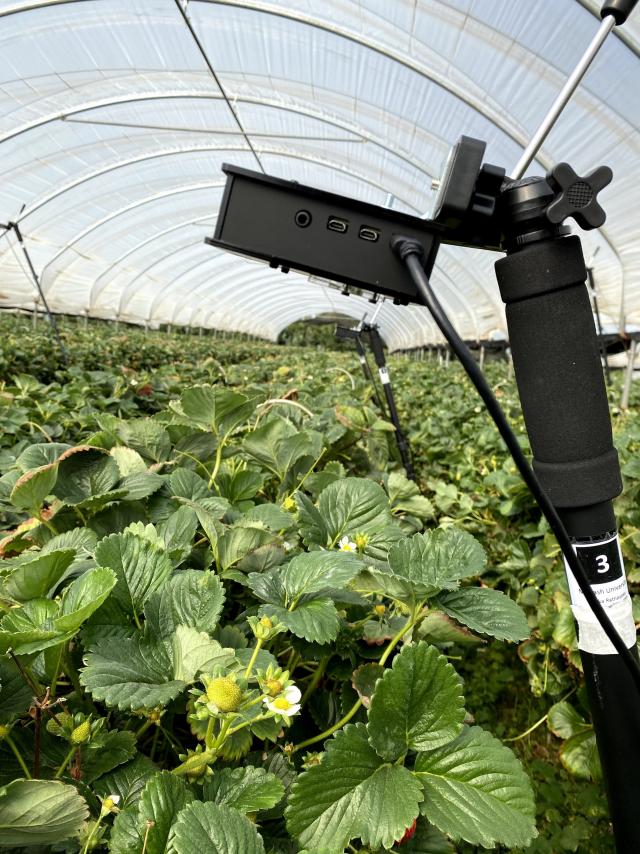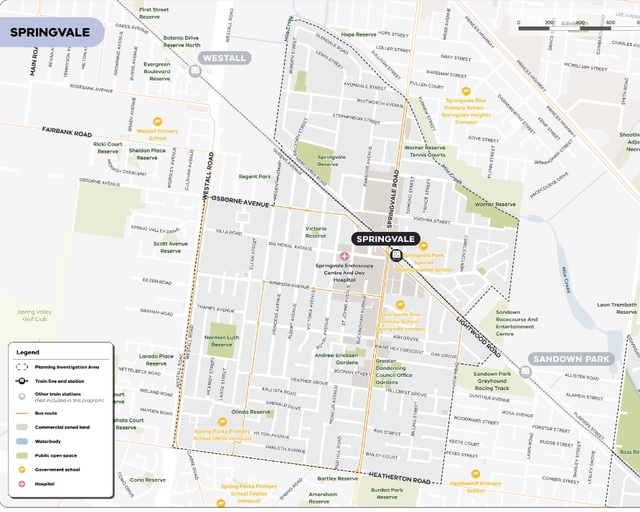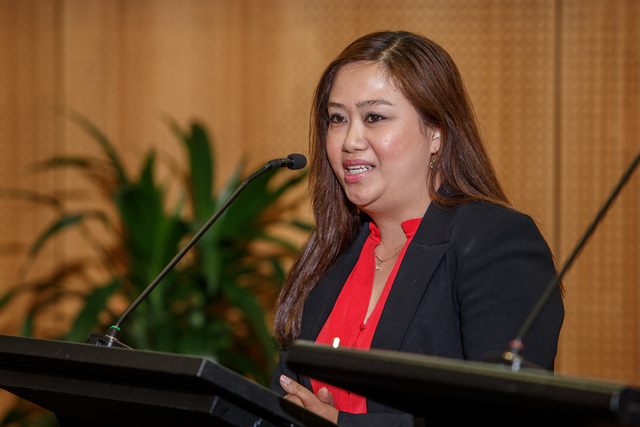A new monitoring system developed by Monash University researchers uses artificial intelligence (AI) to track bees’ movement to help improve pollination and crop yield.
The research, published in the International Journal of Computer Vision, involved recording pollinators like honey bees, hover flies, moths, butterflies and wasps, to build a database of over 2000 insect tracks at a commercial strawberry farm in Victoria.
The recordings were then analysed using Computer Vision and AI to track individual movements of individual insects, to count them, and to monitor their flower visits. This enabled farmers and researchers to understand the contributions of different species to pollination.
Optimal pollination requires the right number of pollinator visits to flowers. Too few or too many visits, or visits by ineffective insect pollinators, can reduce the quality of food a flowering plant produces – ultimately impacting the yield.
Research co-author, NativeBee+Tech Facility Lab director Associate Professor Alan Dorin, from the Faculty of Information Technology, said traditional methods of insect monitoring on farms are time-consuming, labour intensive and can produce inaccurate or unreliable data.
“The monitoring system developed through this study can generate same-day data of crop pollination levels and provide farmers the evidence they need to inform decision-making,” Associate Professor Dorin said.
“Knowing the extent to which a crop has been pollinated allows growers to alter hive locations and numbers to boost pollination levels.
“Farmers might also open or close greenhouse sidewalls to encourage or discourage insect visits from particular directions. They may decide to add flowers to entice insects to explore crop regions that have not been pollinated adequately.
“These simple interventions can ensure a better rate of successful pollination, and a higher yield of market-quality fruit. We believe that this system will serve as a benchmark for future research in precision pollination.”
For the monitoring system, the researchers developed customised software to analyse the huge volume of data and reliably track individual insects flying through complex foliage.
The study’s lead researcher Dr Malika Ratnayake said a key challenge during the research was to identify the movement of individual insects within a video so the same insect path is not accidentally counted multiple times.
“The advanced software developed for the system combines AI-based object-detection capabilities with separate foreground detection algorithms to identify the precise positions of insects and the flowers they visit in the recorded videos,” Dr Ratnayake said.
“The software also includes features to make data processing more efficient and save on computer power.
“We have opted to keep this software open-source so it is accessible to anyone who wants to build similar monitoring systems or other applications to optimise and analyse different data points captured through videos.”
Looking to the future, the researchers are using the monitoring system to study long-term impacts and results of precision pollination techniques, and how it changes the quality of food production and yield over several crop cycles.
Building on this study, the researchers will be collaborating and working with the Australian Blueberry Growers Association, Costa Group’s berries division, CSIRO, Western Sydney University and University of New England.
The team is also exploring links to European insects via collaborations with the University of Trento, Italy and the German Centre for Integrative Biodiversity Research (iDiv) Halle-Jena-Leipzig, Germany.
This research was supported by the Australian Research Council (ARC) Discovery Projects grant, the Monash-Bosch AgTech Launchpad Primer Grant, AgriFutures and the ARC Research Hub.
To know more about the NativeBee+Tech Facility at Monash University’s Faculty of Information Technology, visit monash.edu/it/nativebee
See an example video tracking the path of different insects in a strawberry patch at youtube.com/watch?v=OyU7Yf6axco







